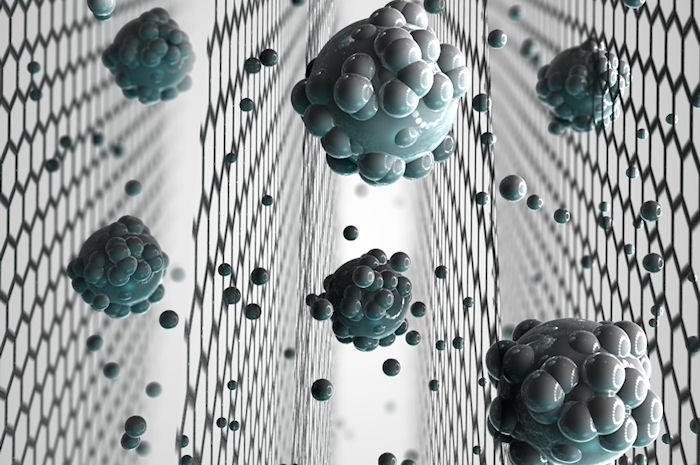April 3 (UPI) -- Scientists have finally developed a graphene-oxide membrane capable of pulling salt molecules from seawater. The breakthrough could bring much-needed access to potable water for much of the developing world.
Researchers have previously used graphene-oxide membranes to separate oil and water, but until now, scientists have struggled to make membranes with holes small enough to capture salts.















